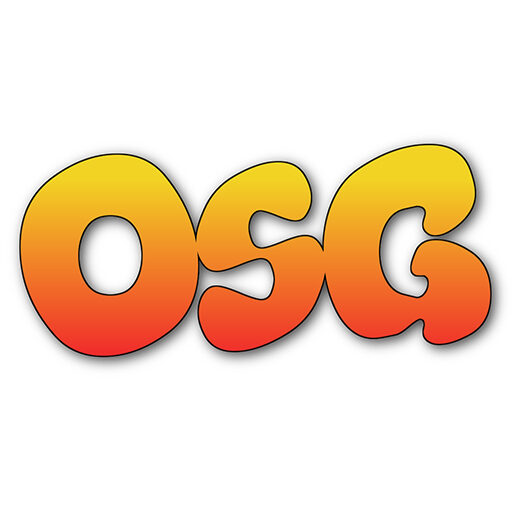1. If \(62\frac{1}{2}\)% of a number is added with itself then rhe result becomes 1560. find the original number.
2. If \(37\frac{1}{2}\)% of a number is subtracted from itself then the result becomes 10500. Find the original number.
3. If \(16\frac{2}{3}\)% of a number is added with itself then the result becomes 15684. Find the original number.
4. If \(15\frac{1}{7}\)% of a number is subtracted from itself then the result becomes -2032. Find the original number.
5. If \(11\frac{1}{9}\)% of a number is added with itself then the result becomes 1800. Find the original number.
6. What is 10% of 40% of 75% of 90.
7. If 10% of (A + B) = 30% of (A – B) then find A:B.
8. 25% of what number is 40.
9. If 72 is added in a number then number becomes \(57\frac{1}{7}\)% of itself. Find the number.
10. If 1953 is added in a number then number becomes \(444\frac{4}{9}\)% of itself. Find the original number.
11. The price of a commodity rises from Rs. 10 per kg to 12.5 per kg. If the expenditure can not increase then find the percentage of reduction in consumption.
12. If length of a rectangle is increased by \(62\frac{1}{2}\)% and its breadth is decreased by 20%. Find the % change in area.
13. If the side of a square is increased by 20% then find the percentage change in its area.
14. The sale of a cinema ticket is increased by \(16\frac{2}{3}\)% and the price of ticket is increased by \(14\frac{2}{7}\)%. Find the percentage change in revenue.
15. If one side of a rectangle is increased by \(37\frac{1}{2}\)% and the otherside is decreased by 10%. Find the % change in its area.
16. Two numbers are respectively 10% and 20% more than a third number. What percentage is the first of the second.
17. The price of wheat is increased by 40%. If the expenditure on wheat has to be kept the same as earlier. Find the ratio between the reduction in consumption and the original consumption.
18. A reduction in the price of apples a person to purchase 3 apples for Rs. 1 instead of Rs. 1.25. What is the % of reduction in price ?
19. A number is first reduced by 20% and then it is increased by 80%. what is the net effect of this change ?
20. Two numbers are respectively 10% and 5% less than a third number. what percentage is the first number of the second ?
21. If Ram’s height is 10% more than Shyam’s height. By how much % is Shyam’s height less than that of Ram’s ?
22. A labour works 50 hrs. per week and he earns Rs. 3600 as wages. If his per hour wage is increased by 40% and duration of work is reduced by \(16\frac{2}{3}\)%, find the % change in his income.
23. Tax imposed on an article is increased by 20% and its consumption is decreased by 20%. Find the % change in revenue from it.
24. In a library, 40% of the books are in Egnlish. 30% of the remaining are in French and 60% of the remaining are in Russian. The remaining 16800 books are in Hindi. What is the total number of bricks in the library.
25. The ratio of the number of males to that of females in a village is 3 : 2. If 30% of males and 70% of females are educated then find the ratio of the number of persons educated to uneducated.
26. If one side of a rectangle is increased by 5% and the other side is increased by 20%. Find the percentage value of which the area changes.
27. In an examination A got marks 20% less than B. B got marks 25% more than C. C got marks 20% less than D. If A got 320 marks out of 500 then how much marks D got ?
28. The ratio of number of boys and girls in a college is 4 : 5. If 15% of the boys & 20% of the girls are scholarship holders. Find the percentage of the college students who are not scholarship holders.
29. A cow an a bull costs Rs. 1000 and 800 respectively. If the price of the cow and that of the bull is increased by 10% and 20% respectively then find the total cost of the one dozen cow and one dozen bulls.
30. After three successive equal % rise in the salary, the sum of Rs. 100 turned into 133 Rs. and 10 paise. Find the percentage rise in the salary.
(i). 10 (ii). 11 (iii). 14 (iv). 16
